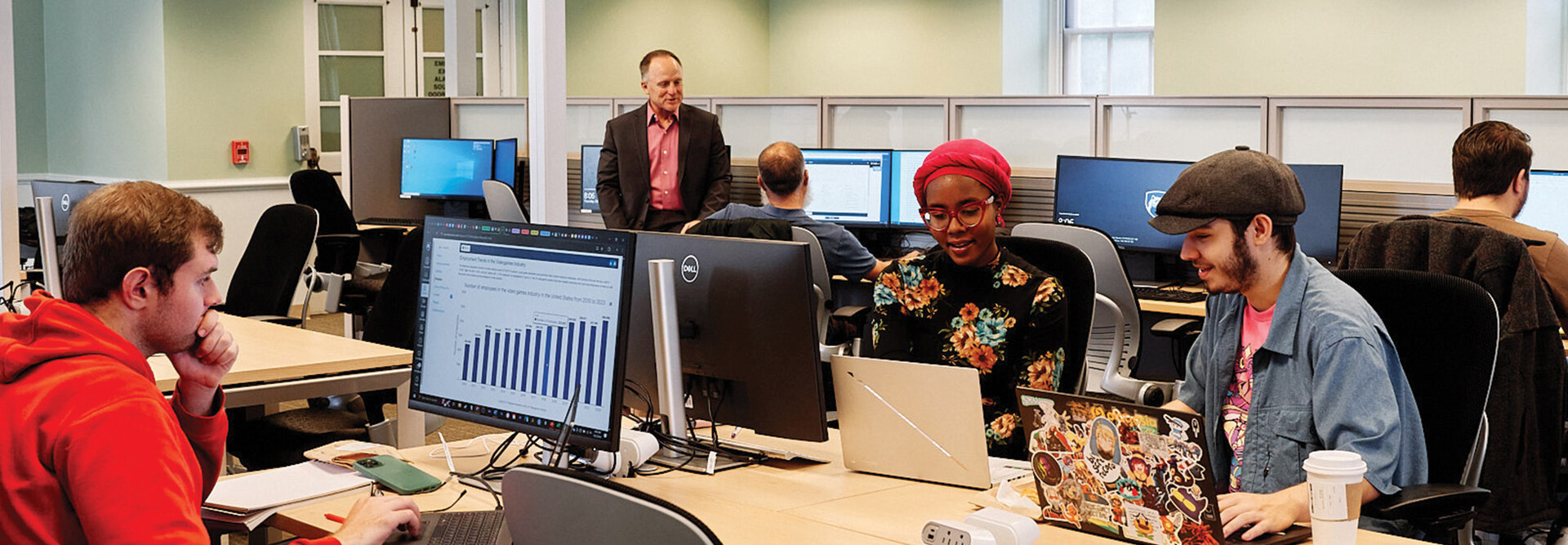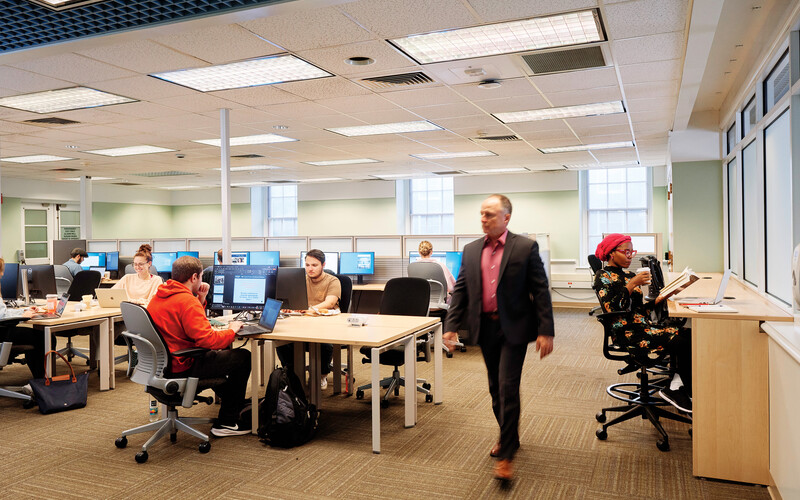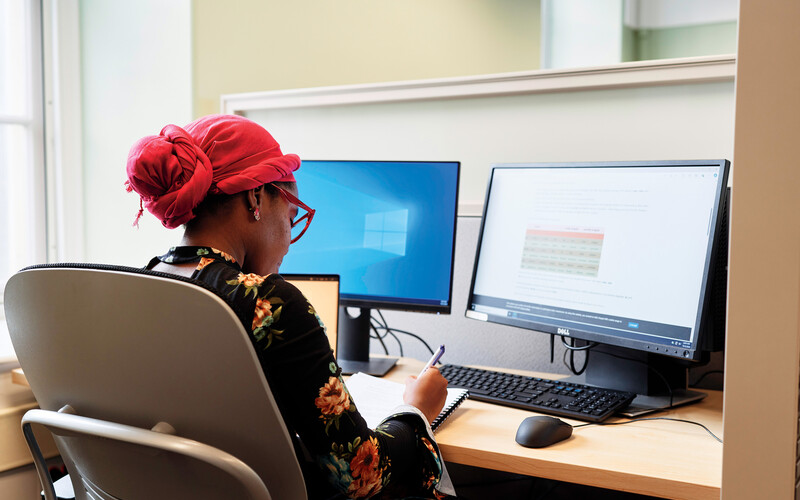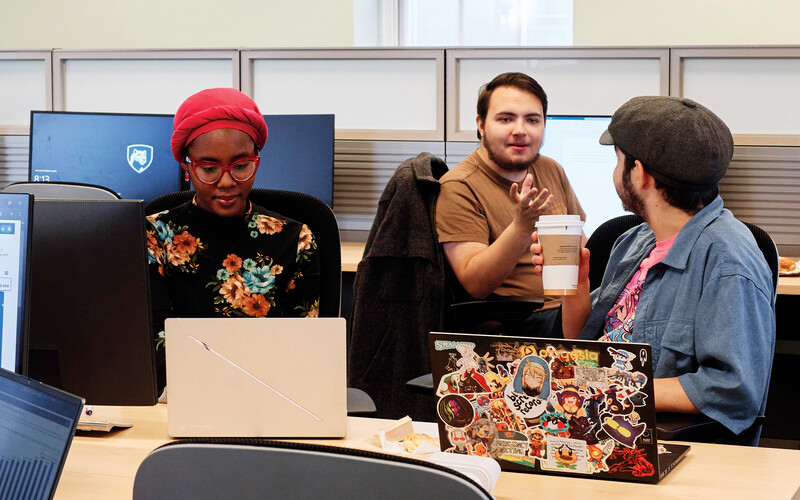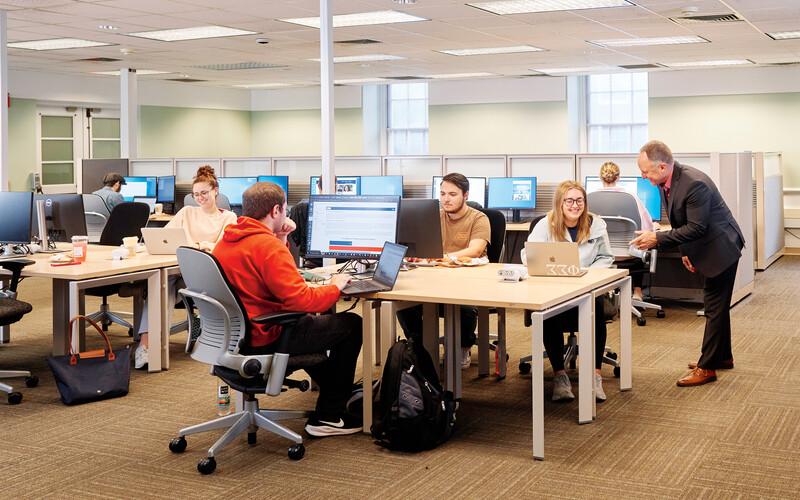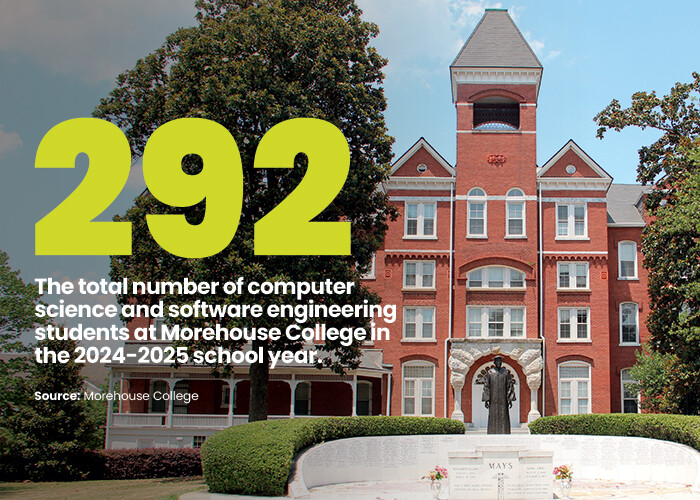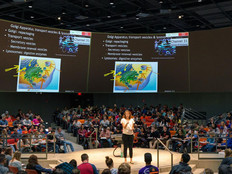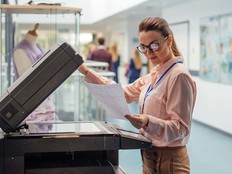Penn State’s Cloud-Based Printing Spurred a Renaissance
At Pennsylvania State University, printing is what jump-started the school’s reimagining of its campus computer labs. In 2019, printer access was a big driver of students’ lab use. For many, the lab offered the only way to print something on campus, requiring students to travel to the lab and sign in to a computer in order to print documents.
“We recognized we needed to do some rightsizing and innovation for our labs,” says Blake Bergey, senior manager of learning applications and technologies at Penn State. “We looked at student printing especially and found our model was antiquated. It didn’t offer students enough flexibility.”
Penn State partnered with a vendor to provide a new, cloud-based printing service called Paw Prints. Fifty-seven Paw Prints kiosks are now located around the school’s University Park campus, replacing printers previously found in the university’s computer labs.
Students, faculty and staff upload their print jobs to the cloud, visit the nearest kiosk and then print their documents. Additionally, users can skip the upload process and directly access their cloud-based storage (or flash drives) at the kiosk.
“Following the introduction of the Paw Prints kiosk solution, overall student use of our labs has gone down, but interestingly, the time per session went up,” Bergey says. Student lab needs were changing.
Computer Labs Support Student Socializing and Collaboration
In conjunction with overhauling the printing program, Bergey’s team began a continuing renovation across all of its computer labs, focusing on opening up the spaces to allow for more socializing and collaboration. They introduced a variety of new seating arrangements as well.
“We give them variety, including singular spaces, group spaces, high tables, low tables, informal and more formal seating arrangements,” Bergey says. “We have collaborative learning opportunities, they can use their devices, or we give access to our devices and large screens in the lab.”



